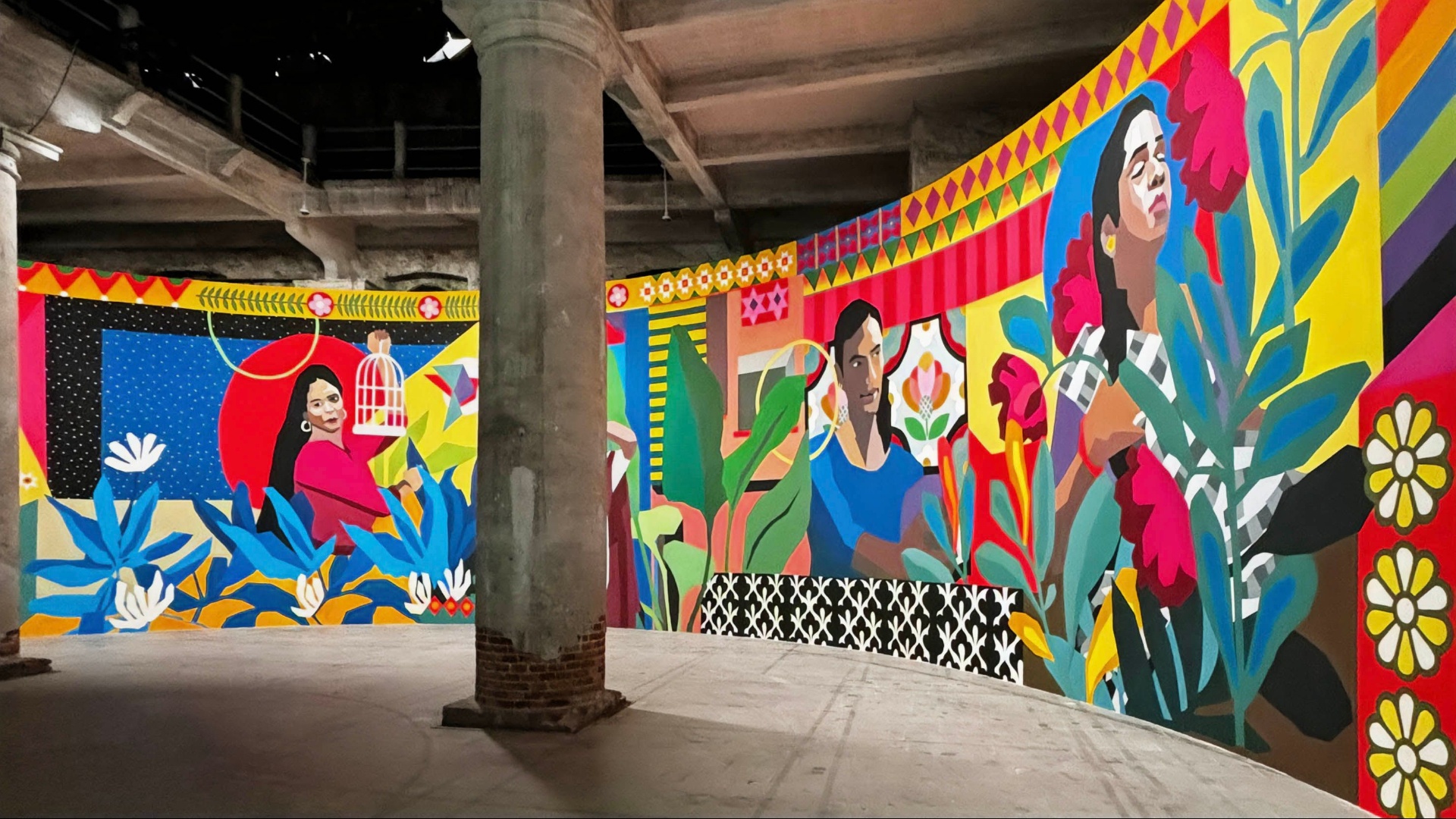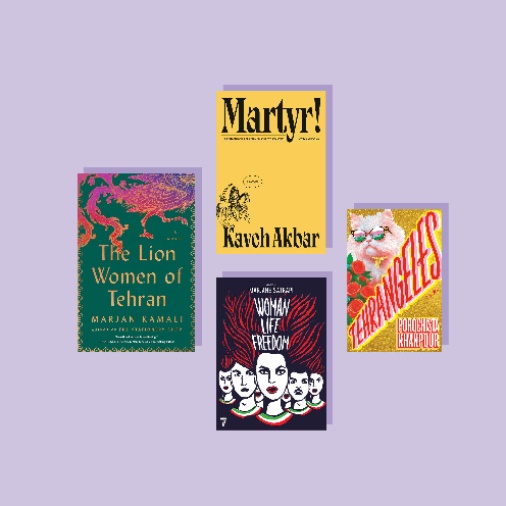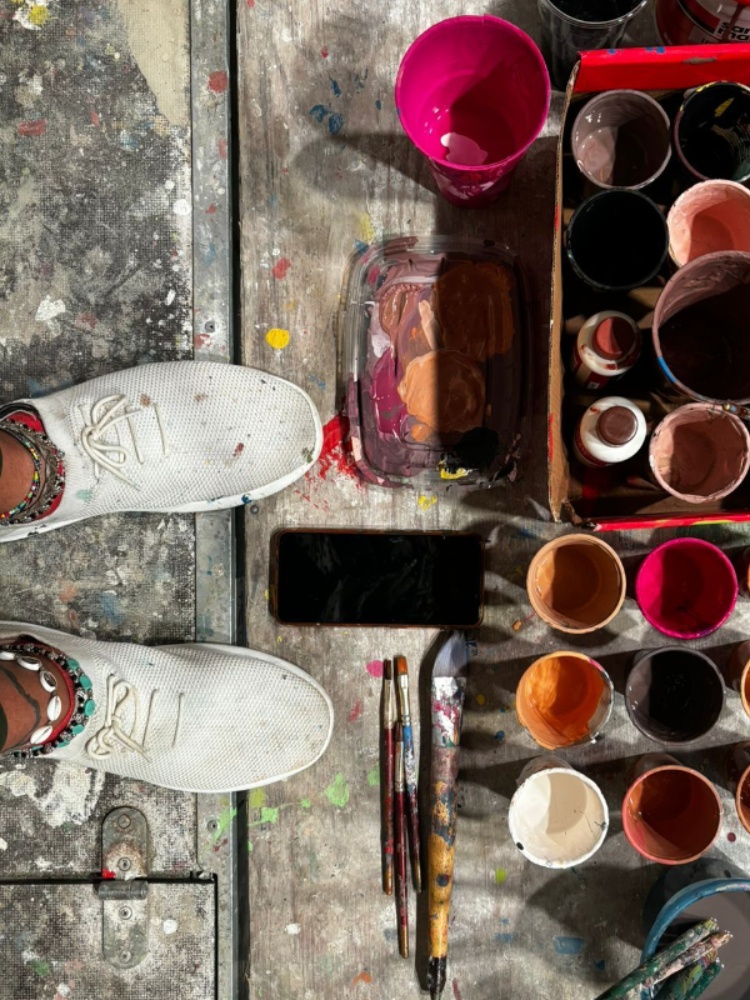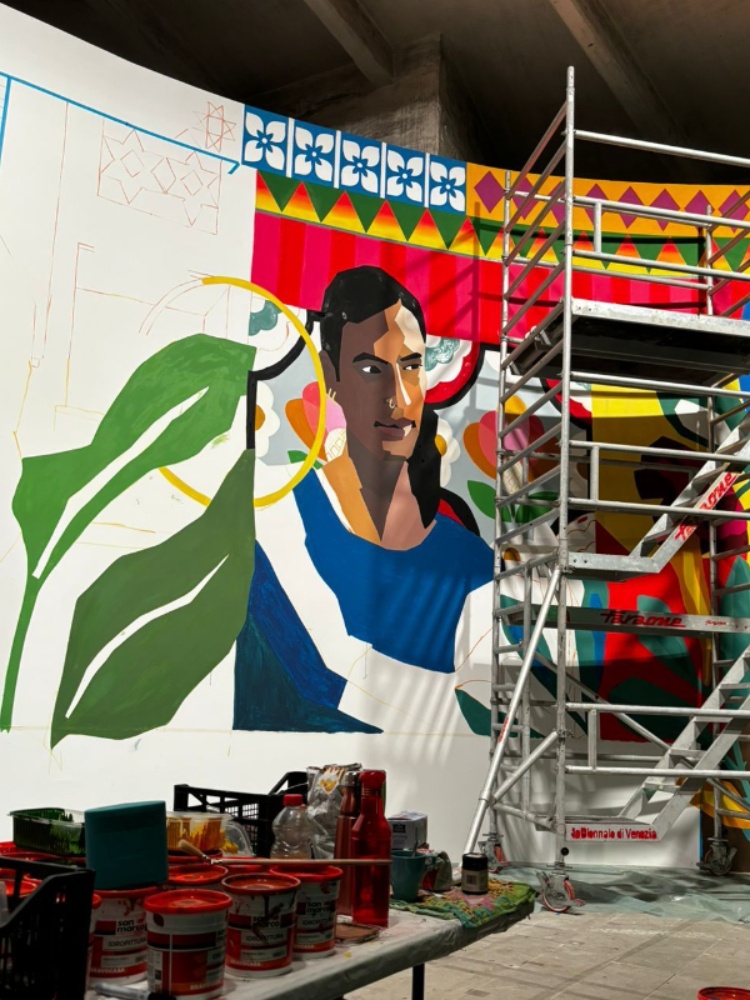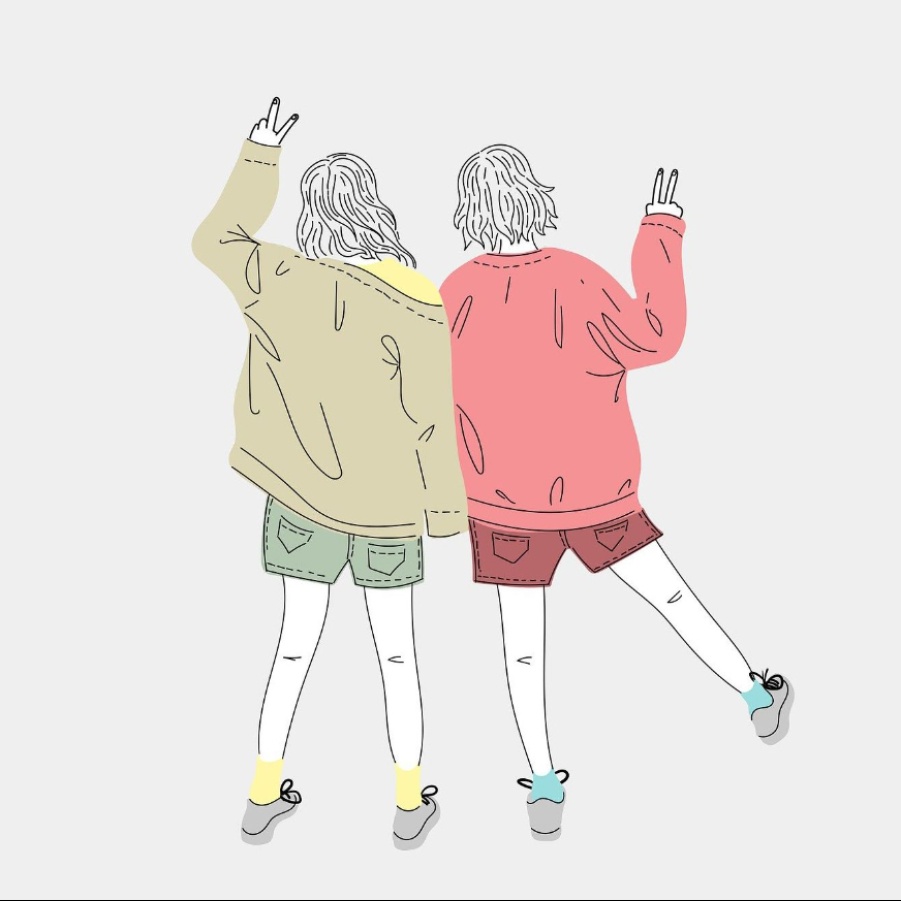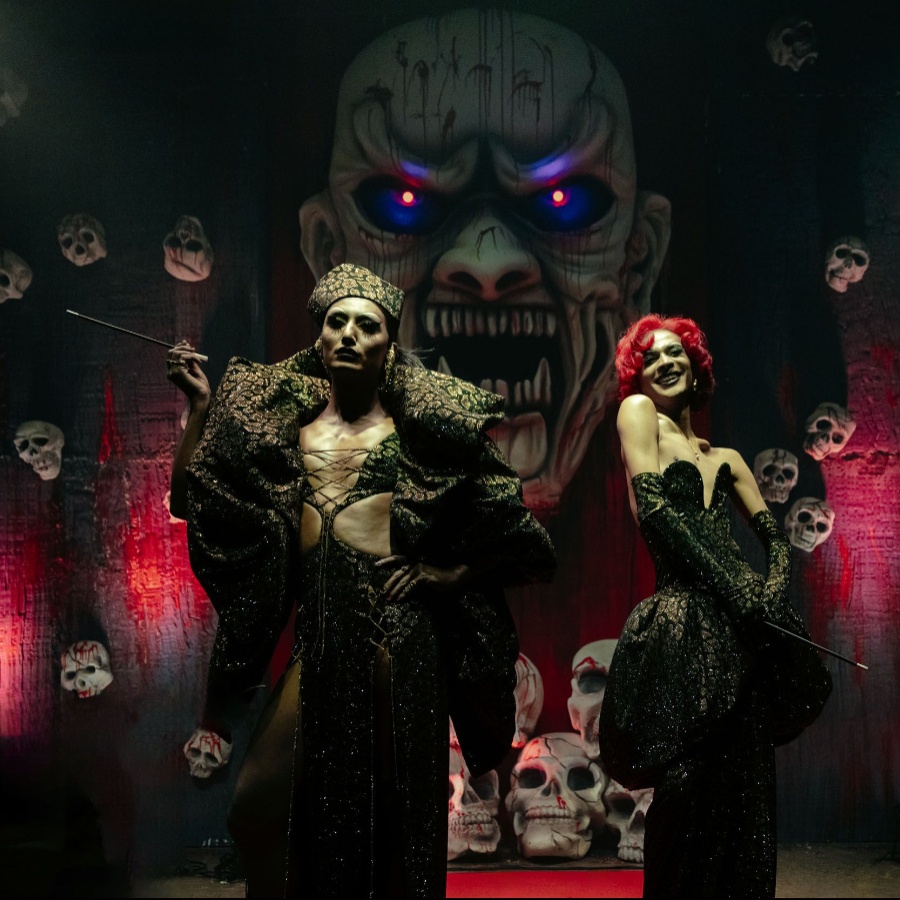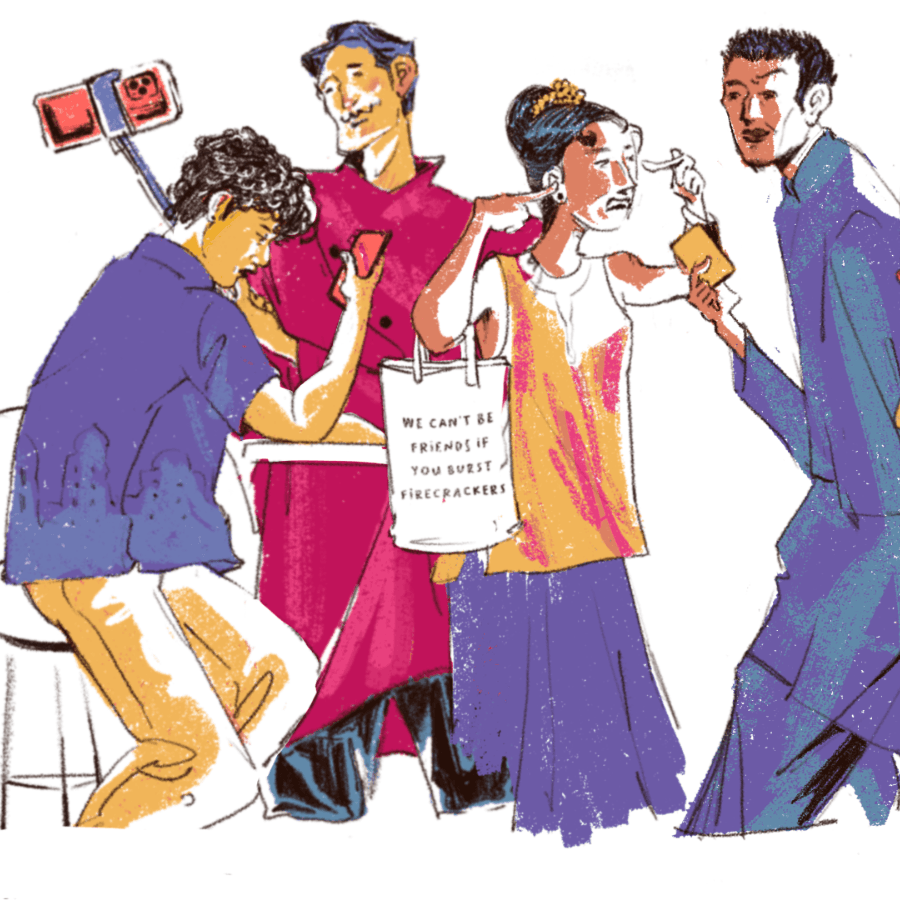Venice’s Shakespearean beauty, with its winding canals and arresting Gothic architecture, has stunned tourists for centuries. But when artists Shanthi Muniswamy, Jyoti H Tirakanagowda, and Karnika Bai reached the floating city, they were stupefied for an entirely different reason. “We thought the entire city was flooded because there were no roads,” they reveal with a bashful laugh. “There was just water in the streets.”
For the trio, travelling outside India for the first time in their lives, Venice has been a surreal experience. Their reason for being there felt even more unreal: as part of Aravani Art Project, they had been commissioned to paint one of their signature vibrant murals for one of the most important cultural exhibitions in the world, the Venice Biennale.
Colours have always been central to Bengaluru-based Aravani Art Project’s work. The collective’s 35 transgender women and five cisgender women from across India, use vivid pigments to allude to their queer identities and amplify the Pride and trans flags. The group has painted murals across India—its eye-catching work is emblazoned on a sea-facing wall of Mumbai’s Soho House at Juhu Beach, as well as office spaces in Bengaluru, Hyderabad, and New Delhi. The collective has also made a name for itself overseas: in 2019, its artists visited the CREA Conference in Kathmandu to paint about intersectional feminism. Their mural at Facebook’s headquarters in California proudly displays the slogan ‘Gender Free’. At international platforms like the ongoing Venice Biennale, Aravani Art Project’s use of vibrancy becomes all the more meaningful; it represents all the colour and clamour associated with the group’s Indian heritage.
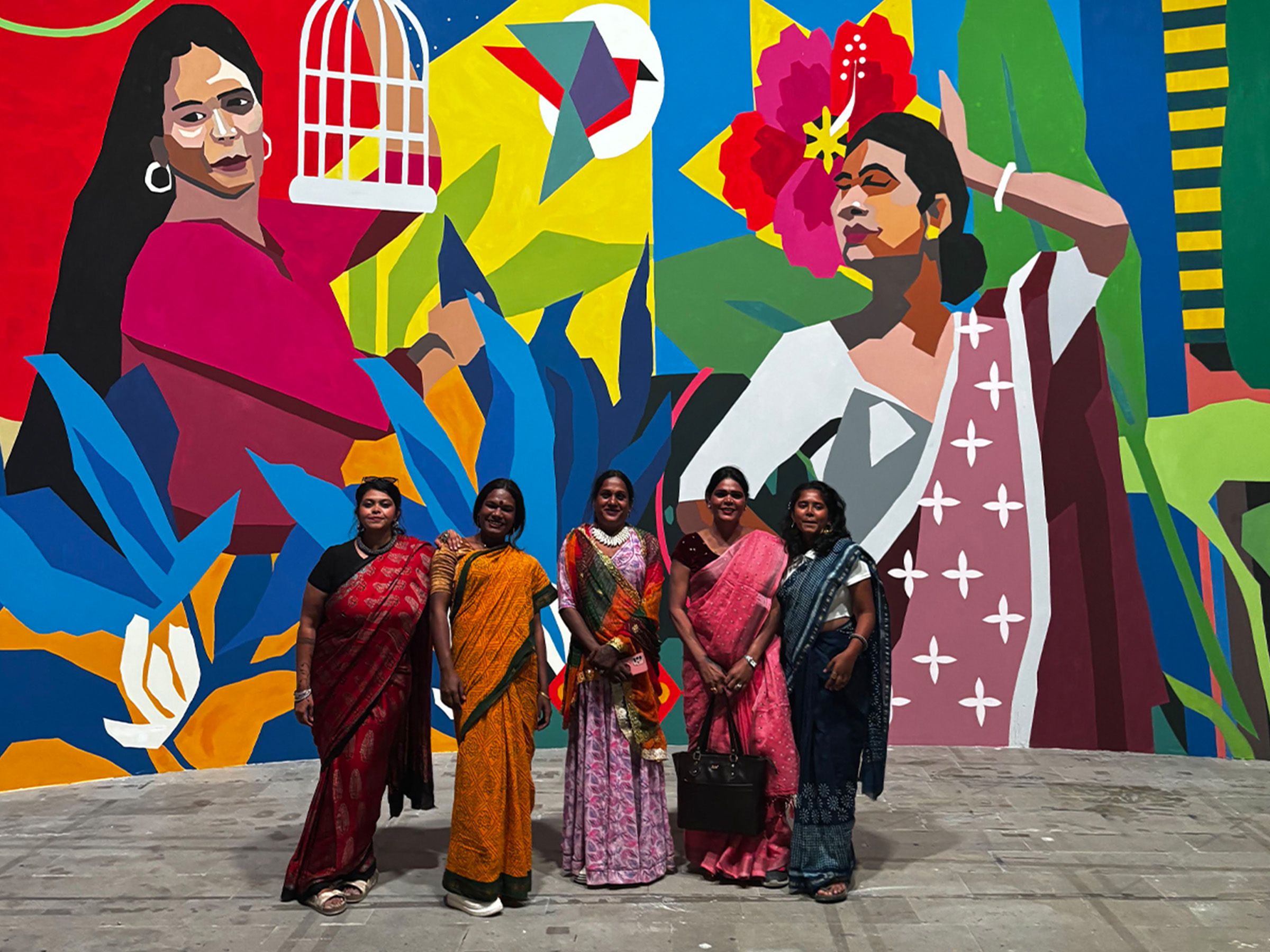
Yet, the three have not always been comfortable with their identities as Indian citizens. “A few years ago, I felt like a foreigner in my own country because I was not recognised for my identity as a transwoman,” Muniswamy admits. It is precisely this sense of dissonance that she channels into the mural for this year’s biennale, the theme of which is ‘Foreigners Everywhere’.
Conceptualised by Aravani founder Poornima Sukumar and project manager Nandini Rajaramanathan, the mural explores the feeling of cultural isolation in parallel with the challenges of gender dysphoria, which makes one feel like a “foreigner in one’s own body.” In their time after coming out as transgender, Muniswamy, Tirakanagowda, and Karnika Bai recall being shunned by society, feeling alien even to their most loved ones. “I felt so rejected that I used to pray before I’d sleep that I would wake up as a woman or just be someone that society would accept,” recalls Karnika Bai. All three artists were forced to run away from their homes due to a lack of acceptance from their families. But even after escaping, the intolerance was constant, with threats of abuse, forced marriage, and rape. Karnika once applied for a job as a receptionist only to be told that “hiring someone like you would give the company a bad name and be unsafe for those around.” Before Aravani, both Muniswamy and Tirakanagowda were forced to practise sex work to survive.
Remarkably, despite such challenges, the collective’s work is unfailingly joyful, filled with sunny buoyancy. While many queer artists highlight the struggles of gender dysphoria in a tragic light, Aravani Art Project examines this emotion through a new lens. Titled ‘Diaspore’, their mural illustrates the small but hopeful moments that lead to acceptance of one’s identity. Completed in just eight days, it makes Aravani Art Project the first trans and cis art collective to create a mural at the Venice Biennale.
